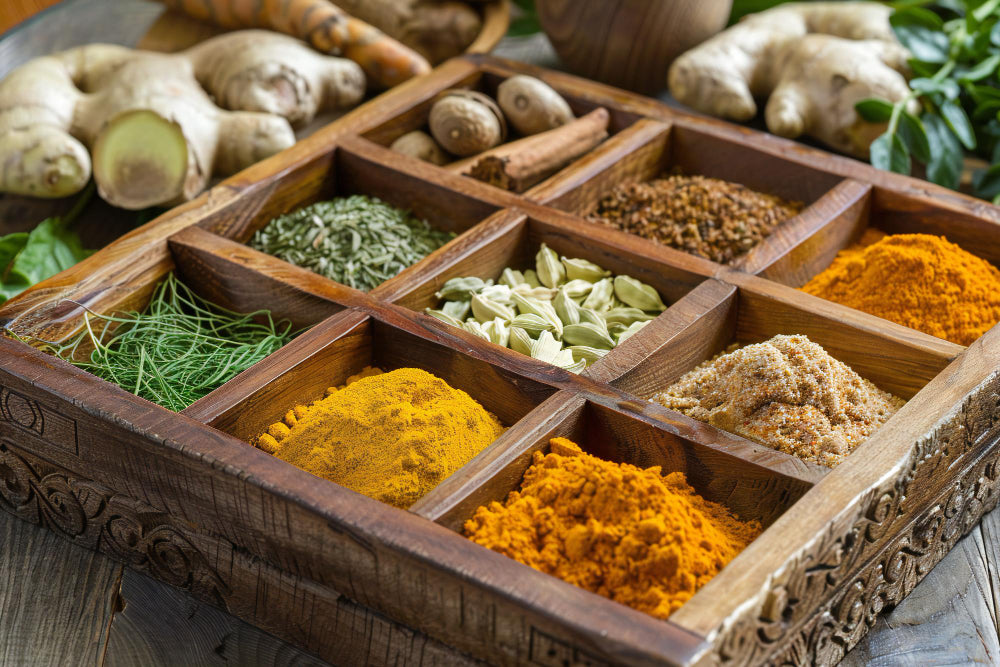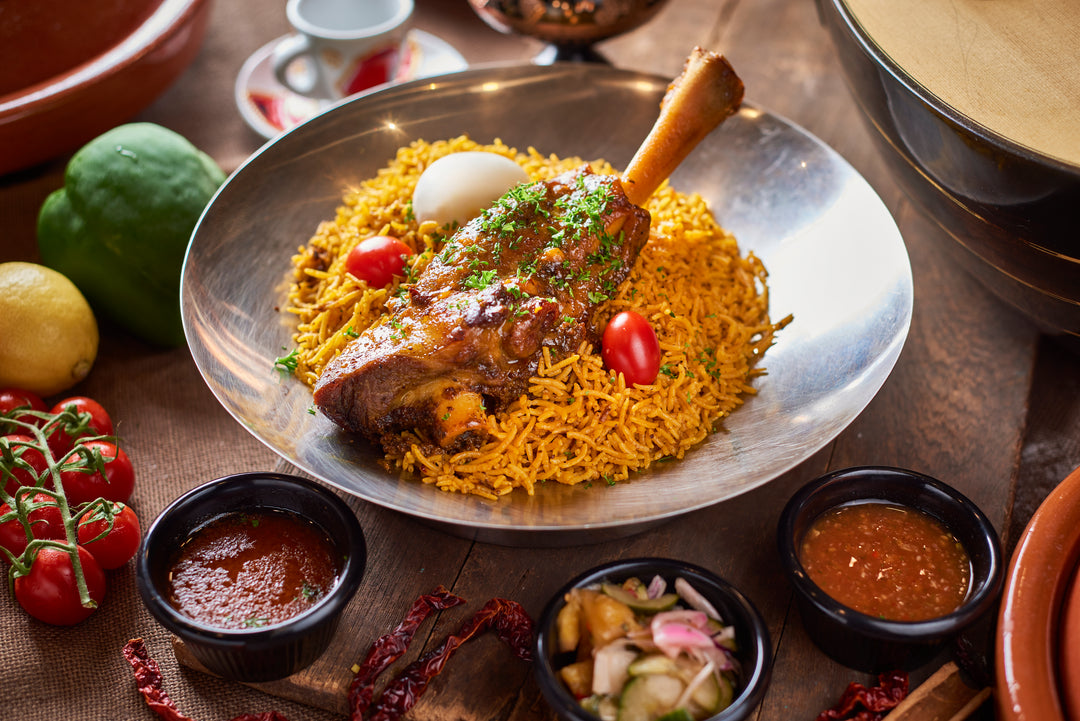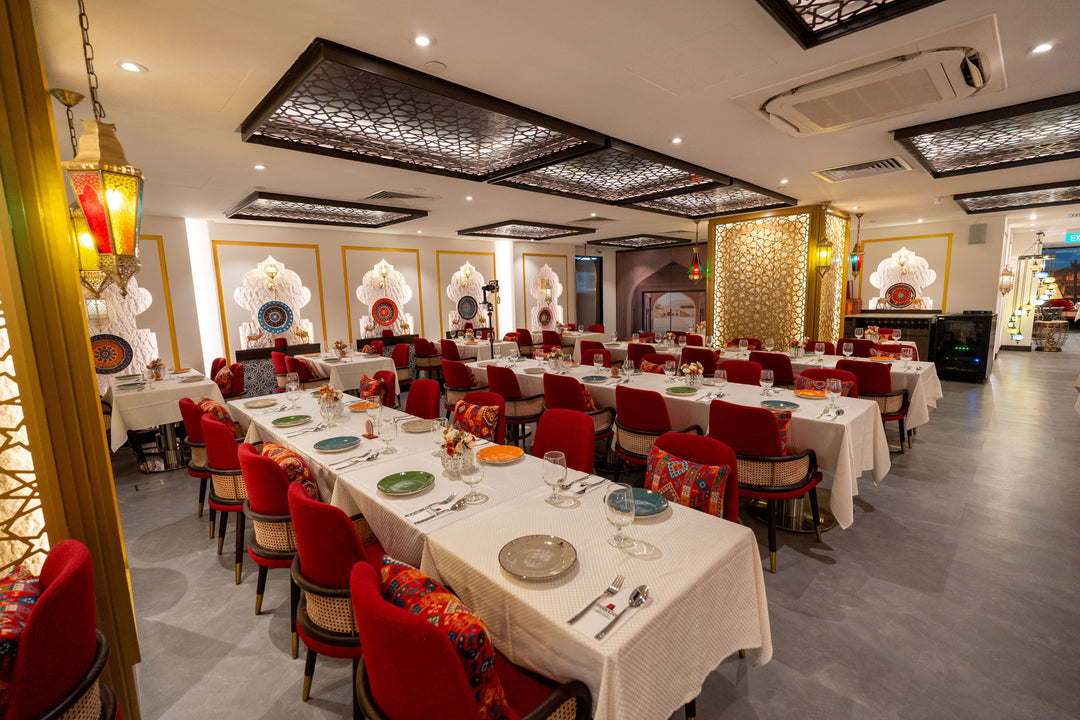The Spice Trail: A Journey Through Middle Eastern Flavors

The Middle East, a cradle of civilization, is also a treasure trove of culinary delights. At the heart of this gastronomic tapestry lies a rich assortment of spices that have captivated palates for millennia. From the aromatic embrace of cardamom to the fiery kick of chili, these aromatic wonders have transformed dishes into unforgettable experiences.
This exploration delves into the fascinating world of Middle Eastern spices, tracing their history, understanding their unique characteristics, and discovering how to harness their potential in your own kitchen.
A Deeper Dive into the Spice Trade
The spice trade, a cornerstone of global commerce for centuries, holds a pivotal role in the history of the Middle East. This region served as a crucial nexus, connecting the East and West through a complex network of trade routes. From the bustling bazaars of Damascus to the opulent markets of Cairo, merchants haggled over precious cargoes of cinnamon, pepper, and saffron. These aromatic treasures, once considered more valuable than gold, found their way into the kitchens and medicine chests of empires and common folk alike. The spice trade not only enriched economies but also facilitated the exchange of cultures, ideas, and culinary traditions.
The Spice Bazaar Experience
A visit to a Middle Eastern spice market is an assault on the senses. The air is thick with the heady aroma of cardamom, cumin, and coriander, creating a symphony of scents that tantalize the palate. The vibrant colors of the spices, ranging from the fiery red of chili to the golden hue of turmeric, create a visually stunning spectacle. As you navigate through the labyrinthine stalls, you'll encounter a bewildering array of whole spices, ground powders, and exotic blends. It's a sensory overload that leaves a lasting impression.
To fully appreciate the magic of these spices, it's essential to understand their unique characteristics. Cardamom, for instance, is a versatile spice with both sweet and savory applications. Its aromatic qualities elevate everything from desserts to savory dishes. Cumin, on the other hand, is a cornerstone of Middle Eastern cuisine, lending its warm and earthy flavor to countless recipes. Coriander, with its bright and citrusy notes, adds complexity and depth to dishes. Turmeric, renowned for its anti-inflammatory properties, imparts a golden hue and subtle warmth. Black pepper, a ubiquitous spice, offers a range of heat levels, from mild to fiery. And cinnamon, with its sweet and aromatic profile, is a beloved ingredient in both sweet and savory creations.
Creating Complex Flavor Profiles
The art of Middle Eastern cooking lies in the skillful blending of spices to create harmonious and complex flavor profiles. By understanding the interplay of flavors, you can elevate your dishes to new heights. Combining sweet and spicy elements, such as cardamom and chili, creates a dynamic balance that tantalizes the taste buds. Earthy spices like cumin and coriander form the foundation of many Middle Eastern dishes, providing depth and richness. For a brighter, more refreshing profile, incorporate citrusy notes from spices like sumac and dried lime.
Experimentation is key to unlocking the full potential of Middle Eastern spices. Don't be afraid to combine different spices in unexpected ways. Whether you're a seasoned home cook or a culinary novice, there's endless room for creativity and discovery.
Incorporating Middle Eastern Spices into Modern Cuisine
While Middle Eastern cuisine boasts a rich heritage, its flavors are adaptable to contemporary tastes. By incorporating these aromatic treasures into modern dishes, you can create exciting and innovative culinary experiences. Experiment with spice blends in marinades for grilled meats and fish. Infuse vegetables with the warmth of cumin and coriander for a flavorful side dish. Add a touch of cardamom to sweet treats like cakes and cookies. The possibilities are endless.
Additionally, Middle Eastern spices offer a wealth of health benefits. Turmeric, for example, has been studied extensively for its anti-inflammatory properties. Cardamom is known to aid digestion and freshen breathing. By incorporating these spices into your diet, you can enhance both the flavor and nutritional value of your meals.
Conclusion
The spice trail of the Middle East is a captivating journey that rewards those who embark upon it. By understanding the history, culture, and culinary applications of these aromatic treasures, you can elevate your cooking to new heights. Whether you're a seasoned home cook or simply looking to explore new flavors, incorporating Middle Eastern spices into your kitchen is a rewarding endeavor. So, unleash your inner spice enthusiast and embark on a culinary adventure that will tantalize your taste buds and enrich your cooking experience.
Book tables now to experience these flavors: https://tarboush.com.sg/









